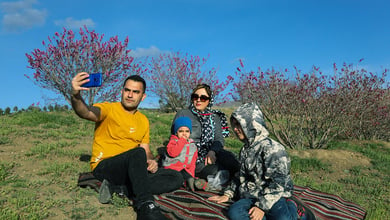Nowruz Rituals in the Iranian-Kurdish village of Palangan

Nowruz Celebration in the historical Village of Palangan, Kurdistan Province, Iran. Kurdish People in traditional Costumes during the Nowruz Ceremony in the Kurdistan.
Before the Islamization of the Iranic peoples in Asia, the Zoroastrian religion was believed in by the ancestors of the modern Kurds.
In Zoroastrian doctrine, fire is a symbol of sight, goodness and purification. Angra Mainyu, the demonic anti-thesis of Zoroastrianism, was defied by Zoroastrians through creating a big fire every year, to symbolize their defiance and hatred for evil and the arch-demon.

In Iran Palangan village whitch It may not be as well known as Shiraz and Isfahan, but has plenty to offer for explorers willing to get off the well worn track including its unique architecture, scenic nature, tasty food, authentic village life, and mysterious history.
Palangan (which means ‘leopards’) is located about 50 kilometers Northwest of the city of Kamyaran in the Kurdistan province. According to the latest census, about 1000 people live here, mostly employed in the local fishing industry.
The village is spread over both sides of a steep valley. In the middle flows the Tangi Var River, which eventually pours into the Sirwan River and flows into Eastern Iraq. Connecting both sides of the village are several narrow bridges. Like most of Kurdistan, the surrounding nature is filled with endless scenic spots to explore, have a picnic, or just relax.
Palangan is most famous for the distinct terraced structure of the stone houses. The roof of each house is the yard of the one above it. This ecofriendly design makes the entire village look like a steep staircase carved into the rocky chasm.
Palangan is not the only village in Iran with this design (Masooleh, on the banks of the Caspian Sea, is also similar), but differs from the others because of the villager’s unique Kurdish cultural heritage.
Culture of Palangan village
Palangan offers visitors a glimpse into a lifestyle that has all but disappeared from the modern world. Far away from the endless distractions of big cities, the villager’s simple lives are filled with calm and tranquility.
Watching livestock cross the bridges, listening to the soothing sound of the river, and simply resting under the shade of the mulberry trees allow one to reconnect with mother nature and reach a deep sense of inner peace.
On Fridays (the day of rest in Iran) the villagers dress in traditional Kurdish attire, and after Friday prayers, go home to relax. Some common leisure activities include horse riding competitions, tug-of-war, and folk dance.
Without a doubt the best time to visit Palangan is during the annual Nowruz (Iranian New Year) celebration, usually held in the middle of March (the exact day is declared by the village council a few weeks before and varies year by year, but is always held a few days before the actual New Year).
At this time, the entire village assembles next to the river. A large torch is lit (and kept on for several days), important villagers make speeches, and then traditional Kurdish singing and dancing begins.
History of Palangan village
No one knows the exact date Palangan was founded, but it has been inhabited since the pre-Islamic period. The city itself has been completely destroyed and rebuilt stone by stone several times.
The current location was built 500 years ago, with ruins of the previous village located about 2 kilometers away.
Pieces of history are scattered all around Palangan.
A piece of an ancient gate was uncovered by archaeologists near the village, with an ancient inscription that has not been translated until today. There are several ruined bridges in the river, the best preserved one being from the Safavid Era (about 500 years old), but the oldest ones being estimated as being at least 1000 years older. Furthermore, the village contains a very old graveyard that has graves written in Kufic script (meaning they are from around the 8th century).
Less than a kilometer away, on top of the mountains, lie the ruins of an old castle. Just like the village, no one really knows who first built it or when that was. It is filled with rooms and surrounded by ruins of bridges, mosques, and gardens.
Many different rulers and nobles took advantage of its unique location, both strategically and as a place of leisure. The castle was held under siege for three months by invading Arab forces in the 7th century (though after it surrendered the people were given amnesty). Centuries later, the castle was used as a palace for the chiefs of the Kalhor tribe.
In the year 1215 the Ardalan tribe kicked out the Kalhours and occupied the castle, establishing their vassaldom. They continued to live there until the mid-1600s, when the Persian ruler Shah Safi decided to have it destroyed.
Near the castle, there are remains of even more ancient graves which local legend claims were those of a group of Jewish refugees from a forgotten time fleeing an ancient enemy.




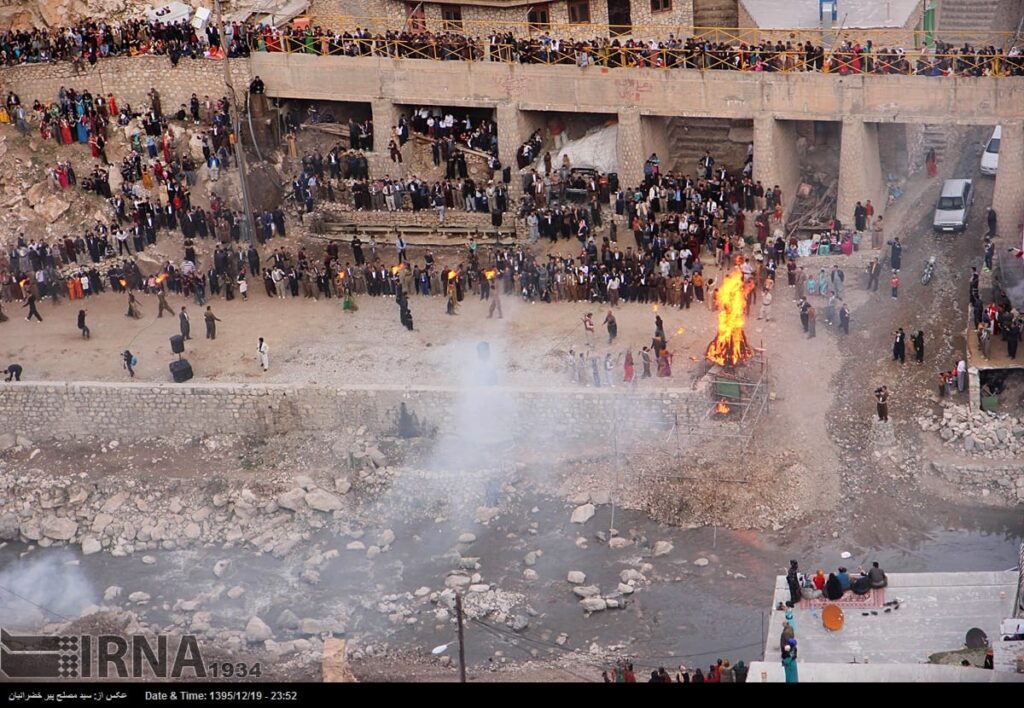






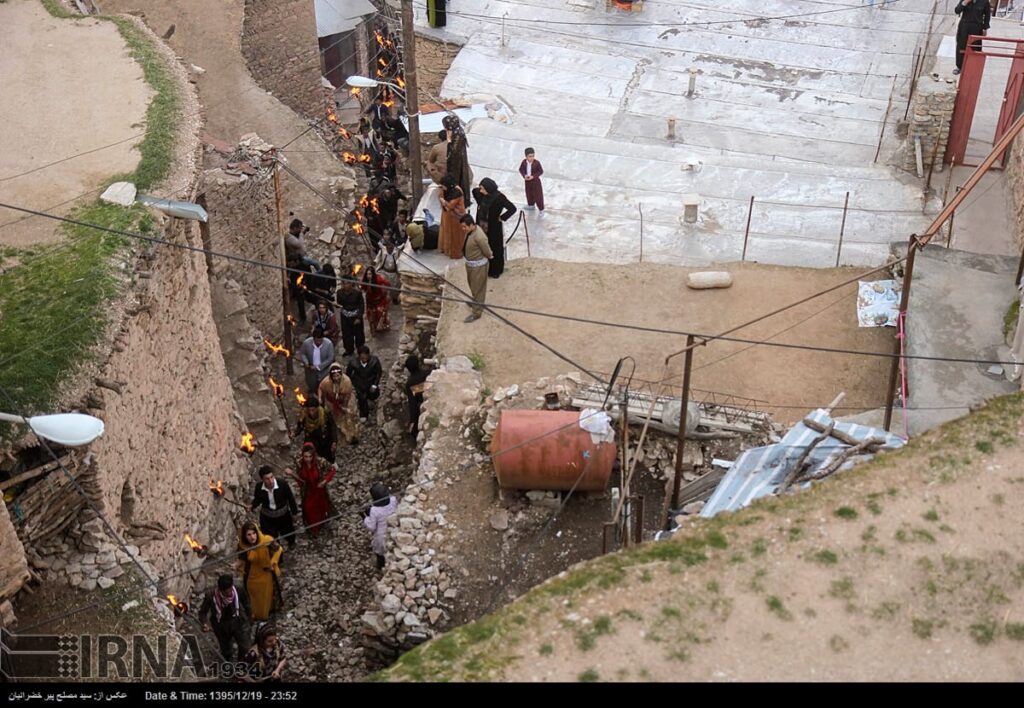


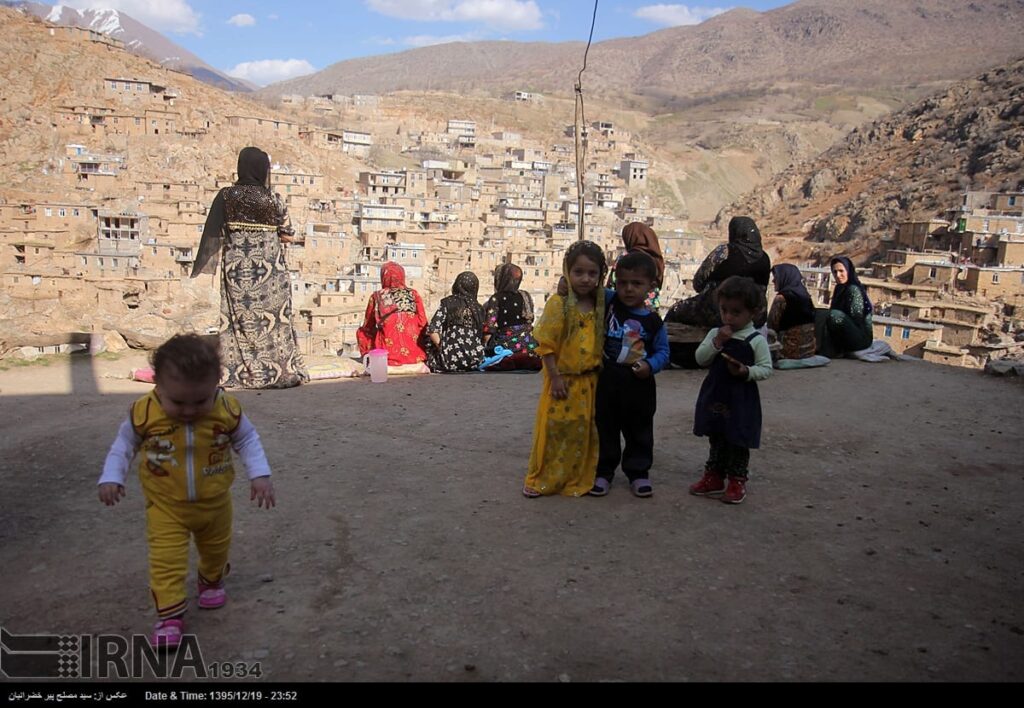

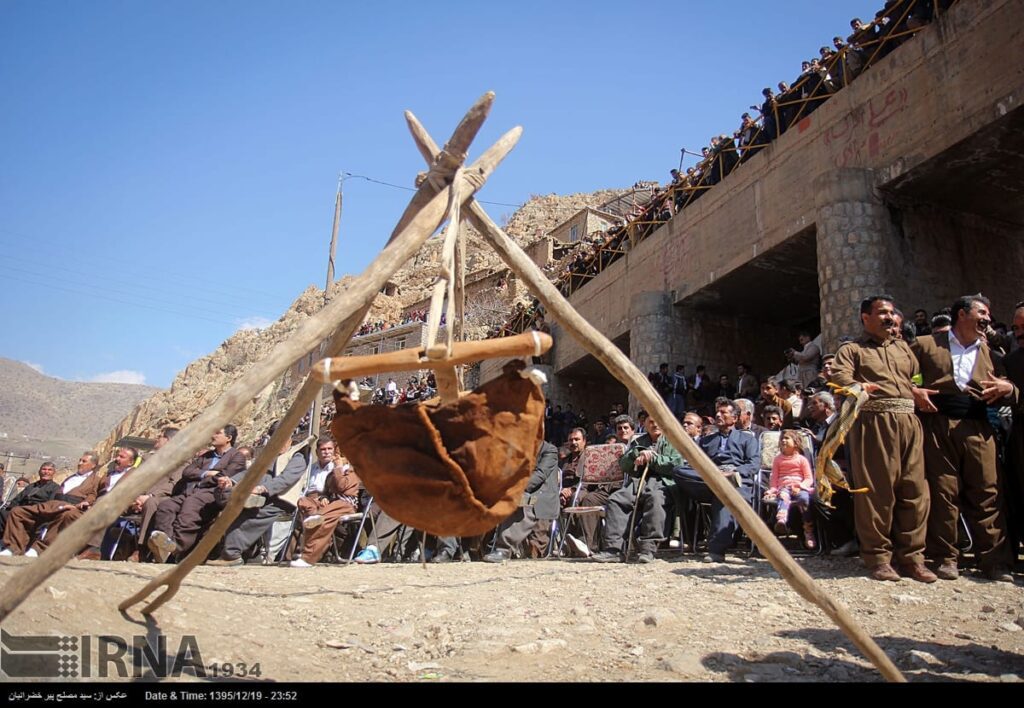



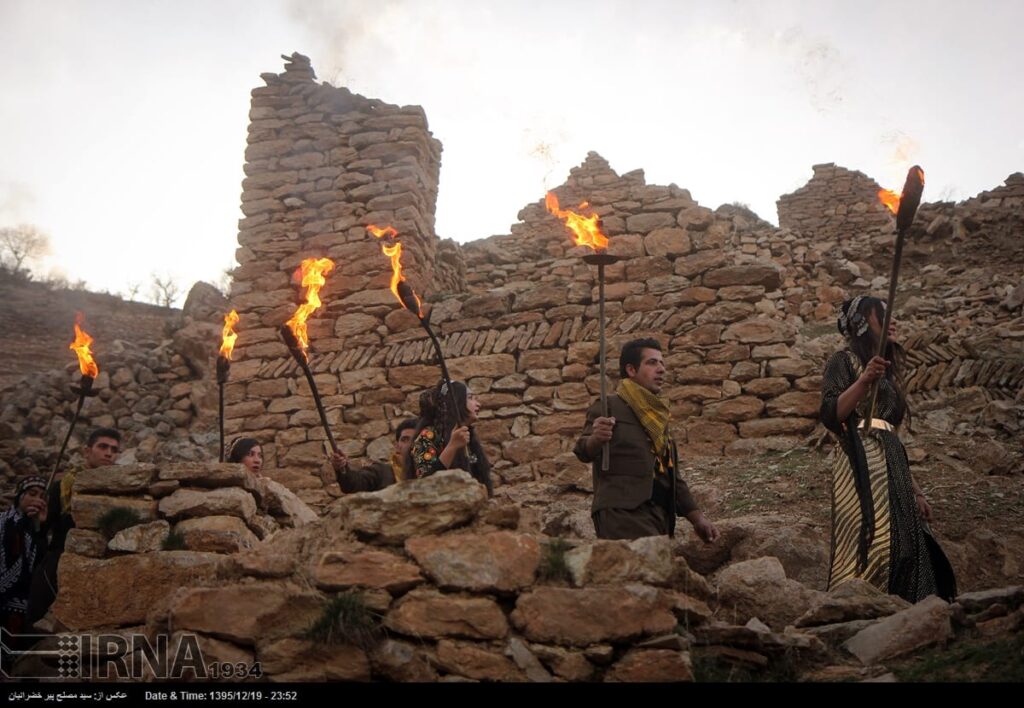






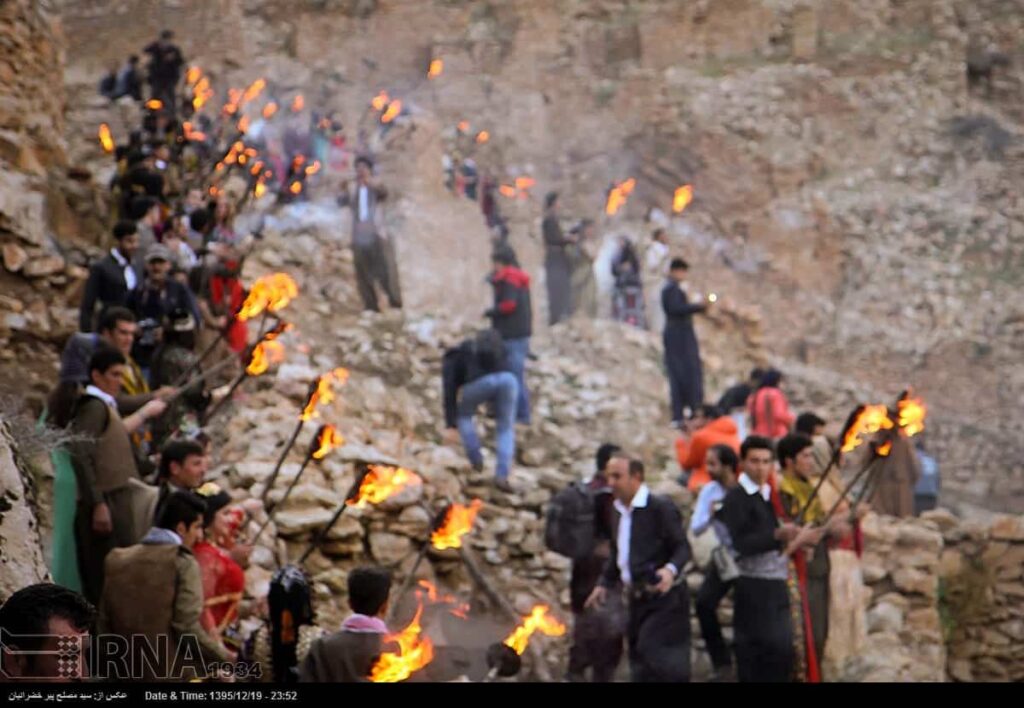


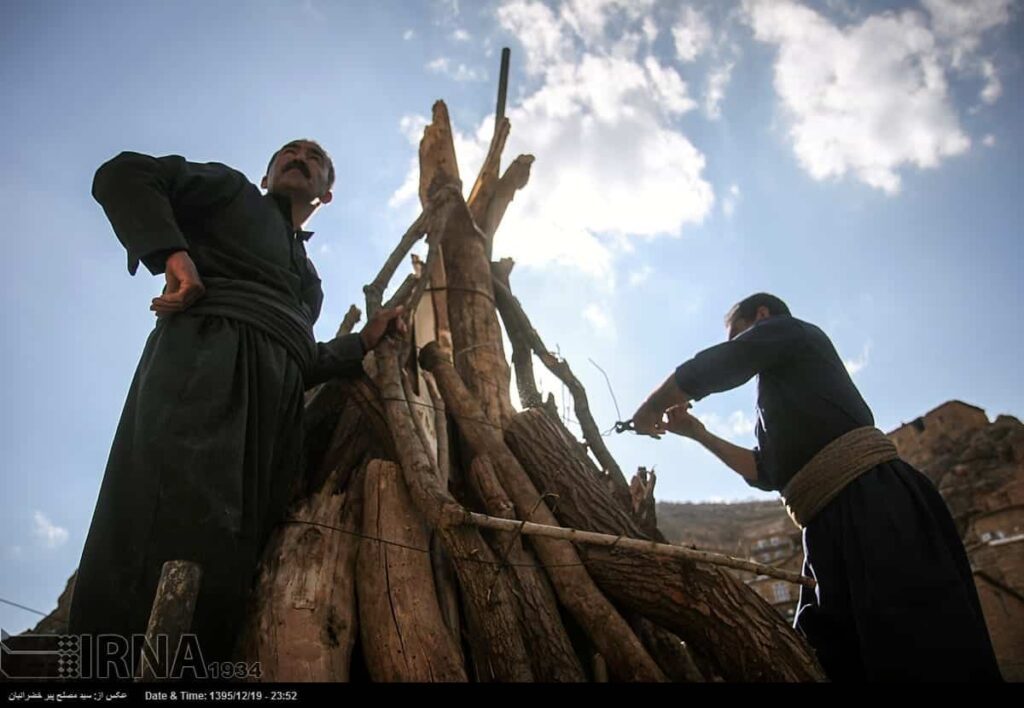

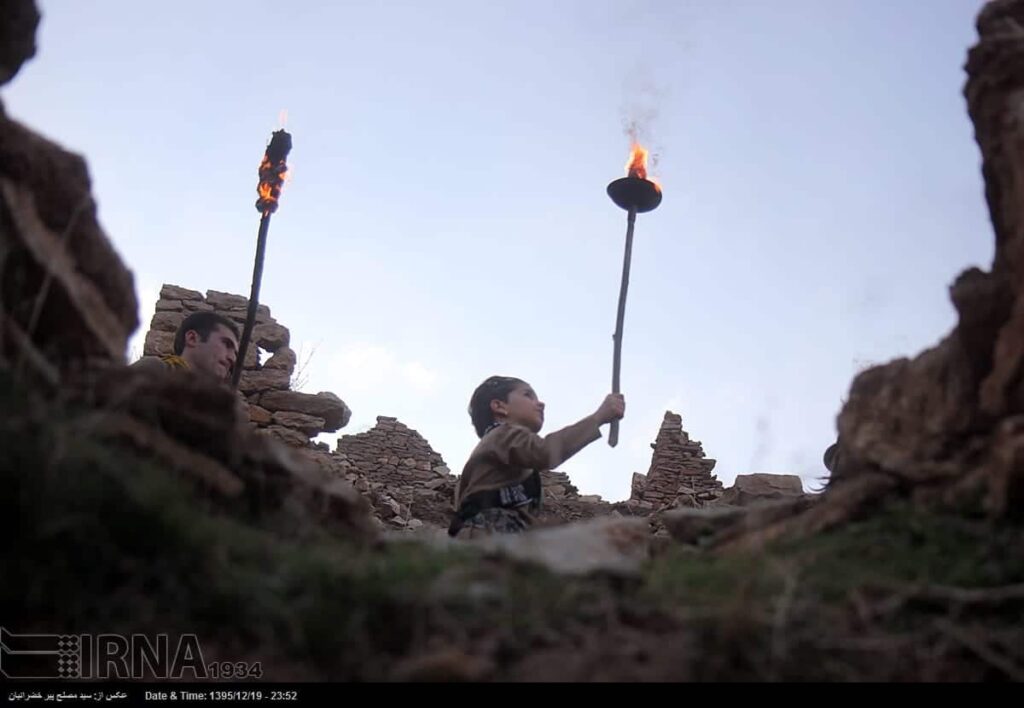

Read More

